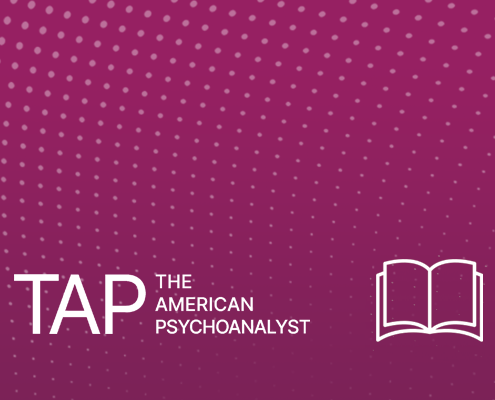Bruce Fink joins NCP to discuss Lacan’s Clinical Theory”Analysts on the whole imagine that to understand is an end in itself… To think, it is often better not to understand; and one can gallop along, understanding for miles and miles, without the slightest thought being produced.” – Lacan, 1958
This meeting is designed for analytically oriented therapists interested in learning how Lacan’s ideas translate into clinical practice. Lacan’s clinical theory will be spelled out in detail; attendees need not be pre-acquainted with Lacan’s work. Attendees should come away with a solid grasp of the reasoning behind the Lacanian emphasis on bringing about four specific change-producing clinical events. The goal of this program is to challenge preconceived notions about how therapy works–particularly, the belief that psychic change chiefly results from a conveyance of the analyst’s knowledge about the patient to the patient—typically in the form of interpretations. The program is structured as a dialogue between student (Richard Tuch) and teacher (Bruce Fink).
Lacan emphasized the task of creating a facilitating environment favoring the emergence of sequestered psychic content that comes forth unwittingly when free association reveals to the patient things he barely knew he knew until he heard himself say as much out loud. Lacanians also facilitate a patient’s use of symbolic (meaningful) speech and tolerance of uncertainty and states of unknowing.
A study of Lacan’s clinical theory calls for nothing less than a thoughtful reconsideration of psychoanalysis’ most basic assumptions about how therapy effects change:
Whether the unconscious can be made conscious.
Whether improving a patient’s tolerance of uncertainty and the unknown is a clinically vital goal.
Whether deconstructing (calling into question) a patient’s core assumptions and prevailing beliefs about who he is as a person is as centrally important as Lacanians claim it to be.
Whether treatment is better served when the analyst is less forthcoming and less clear about his ideas about the patient.
Whether it is important to conduct treatment in a fashion that emphasizes the patient’s responsibility for his suffering and for the lion’s share of the clinical work.




